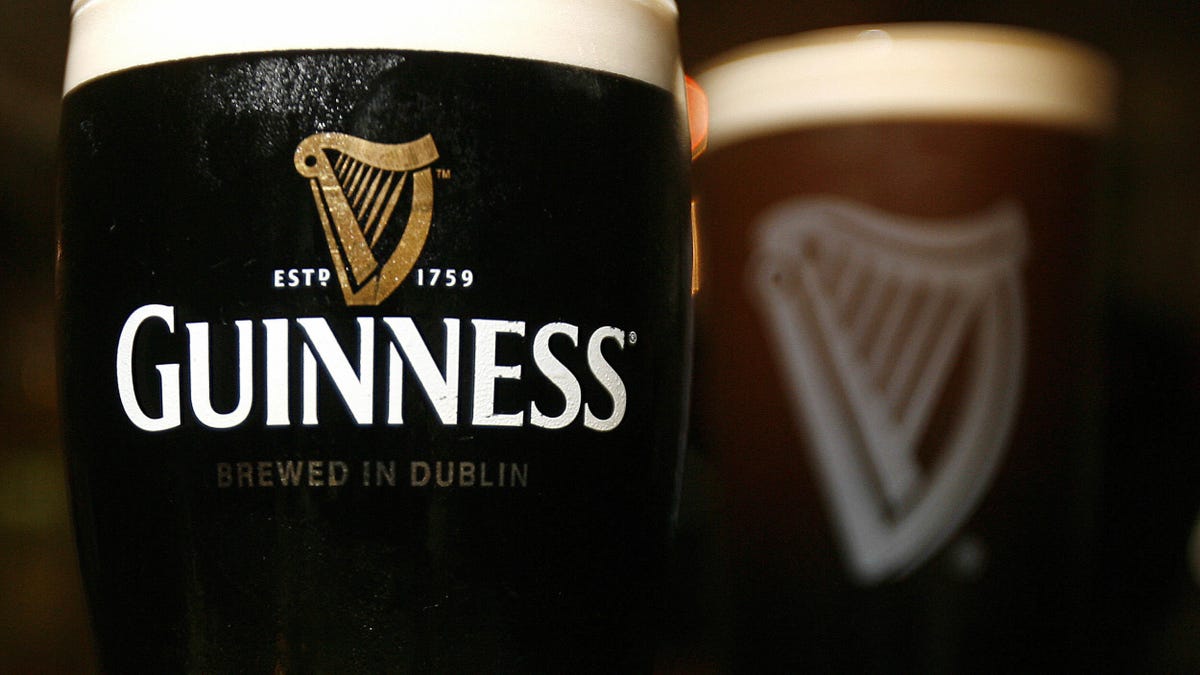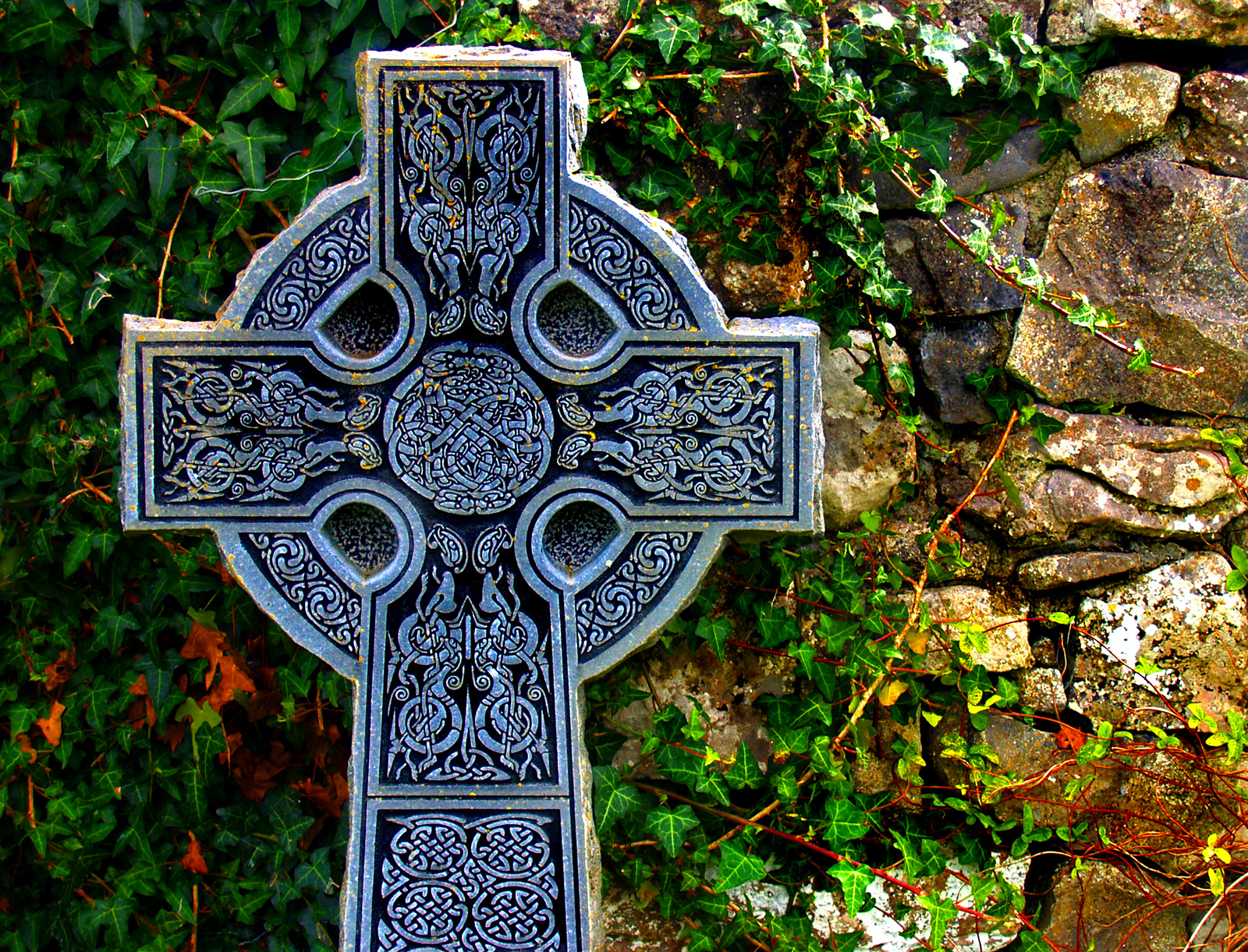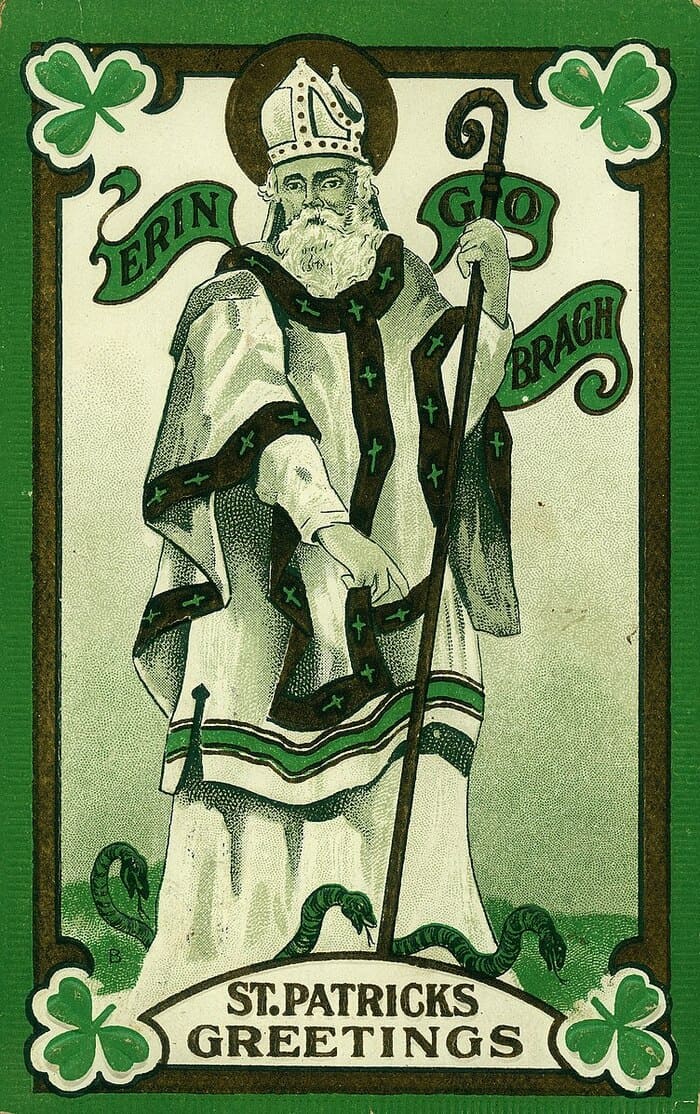Gallery
Photos from events, contest for the best costume, videos from master classes.
 |  |
 |  |
 |  |
 |  |
 |  |
 |  |
Patrick’s Day. The mail is delivered, too. But everyone is welcome to celebrate St. Patrick’s Day. Even people who are not Irish can enjoy the day. March 17 is a day for parades, parties, and having fun. So on St. Patrick’s Day, put on something green and join the fun! History of St Patrick’s Day: Roman Beginnings. St. Patrick’s Day The Lord clearly planted a seed in Patrick’s heart while he was a slave in Ireland, because he returned to Ireland after he was ordained to preach the Gospel to the Irish and help those who were enslaved by the pagans. Through St. Patrick’s witness and evangelization efforts, Ireland slowly turned from its pagan ways and became a Why did those very first Irish revelers celebrate St. Patrick’s Day on March 17th? Because according to popular history, that’s when St. Patrick died. March 17th, 461 CE. Although some people claim he actually died in 493 CE. Granted that would have made him more than a century old. Some Pagans feel that St. Patrick’s Day co-opts the energy of this sacred time, replacing its original meaning with a Christian narrative and commercialized festivities. The contrast between the profound spiritual significance of Ostara and the often-superficial celebrations of St. Patrick’s Day can be deeply offensive to those who honor St. Patrick's Day is celebrated around the world every year on March 17th. This holiday is usually associated with the color green, shamrocks, and Irish culture. However, what most people don't know is that St. Patrick's Day has deep pagan roots that date back to pre-Christian Ireland. St. Patrick, the patron saint of Ireland, is one of Christianity’s most widely known figures. But for all of his prevalence in culture—namely the holiday held on the day of his death that bears Scholars believe the snake story functions as an allegory for St. Patrick’s eradication of pagan ideology. 5. Green has historically been associated with St. Patrick’s Day. Some modern Pagans refuse to observe a day which honors the elimination of an old religion in favor of a new one, and wear a snake symbol on St. Patrick's Day. The idea that Patrick physically drove the Pagans from Ireland in inaccurate; what he did do was facilitate the spread of Christianity. The Myth Behind Saint Patrick’s Day. Let’s strip the commercial gloss for a moment. Behind the rivers dyed green and drunken parades lies a potent truth. Saint Patrick’s Day is not about beer. It is about identity. It is the day when the Irish diaspora—displaced, scattered, but never dislocated—celebrates its heritage. Saint Patrick's Day was made an official Christian feast day in the early 17th century and is observed by the Catholic Church, the Anglican Communion (especially the Church of Ireland), [7] the Eastern Orthodox Church, and the Lutheran Church. The history of St. Patrick’s Day begins with the man himself. Though many of the stories about him are shrouded in legend, there are some generally agreed upon facts. According to History.com , Patrick was born in Britain, but when he was 16, he was kidnapped from his home by Irish raiders. The first St. Patrick’s Day parade on record took place in New York City in 1762 when Irish soldiers serving in the British military marched through the streets. St Patrick’s Day around the world. St Patrick’s Day is widely recognised throughout the United States as a celebration of Irish and Irish-American culture. The biggest St Patrick’s Day parade in the world is in New York City. Elsewhere in the States, the Chicago River is dyed green with an eco-friendly powder, an event that dates back to March 17th, St. Patrick’s Day, a festival often associated with parades, shamrocks, and the colour green. In Ireland, the day is a national holiday, commemorating the patron saint who is said to have brought Christianity to the island. But beneath the layers of modern festivity lies a deeper and older story — one that speaks St. Patrick’s Day, celebrated on March 17 each year, is known for its parades, shamrocks, and a whole lot of green. It’s a day when people around the world embrace Irish culture — whether they have Irish heritage or not. But behind all the revelry, St. Patrick’s Day has a deep and fascinating history that goes far beyond the modern celebrations. Some of the traditions we associate with Every March the pagan community, without fail, sees a surge in conversations and diatribes on saint Patrick, usually rooted in the ideas that Patrick was a maniac who wiped out the druids (represented by snakes), destroyed Irish paganism, and singlehandedly converted the entire island. The book, A Calendar of Saints, by James Bently, points out that March 17 th, the so-called St. Patrick’s Day was originally the day of Joseph of Arimathea, called “the Jew who gave a tomb for the body of Jesus.” He says that “nothing is known about Joseph You might know St Patrick’s Day as a holiday of celebration and revelry, but behind the boozy street parades and kitsch party decorations is the surprising story of an almost unrecognisable patron saint. Here are five surprising facts about the life and history of Saint Patrick, the patron saint of Ireland. He wasn’t actually Irish St. Patrick’s Day is a global celebration of Irish culture that takes place annually on March 17, the anniversary of the patron saint of Ireland's death in the fifth century. The holiday has According to historical accounts, he travelled to Ireland as a missionary to spread Christianity in around 432 AD. During this time he created monasteries, converted pagan kings and began building up the Catholic Church in Ireland. History and Christian Origins of St Patrick’s Day. The traditional celebration of St Patrick’s Day started off
Articles and news, personal stories, interviews with experts.
Photos from events, contest for the best costume, videos from master classes.
 |  |
 |  |
 |  |
 |  |
 |  |
 |  |